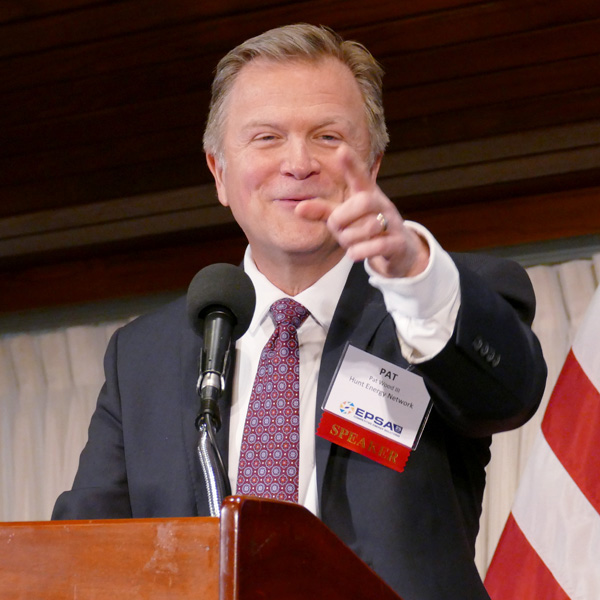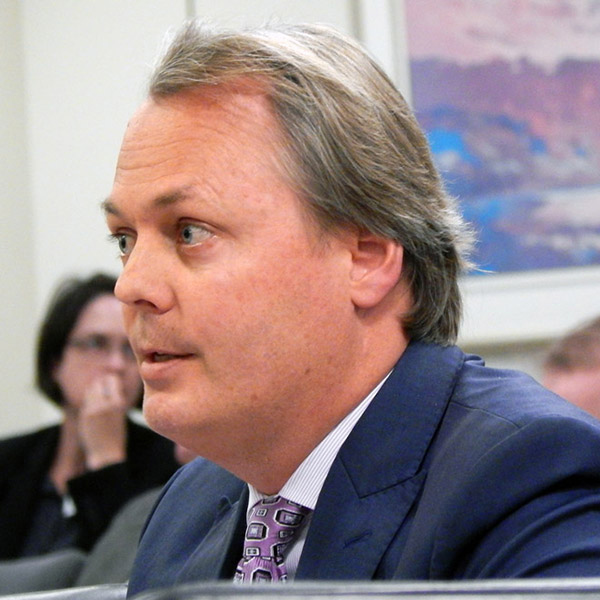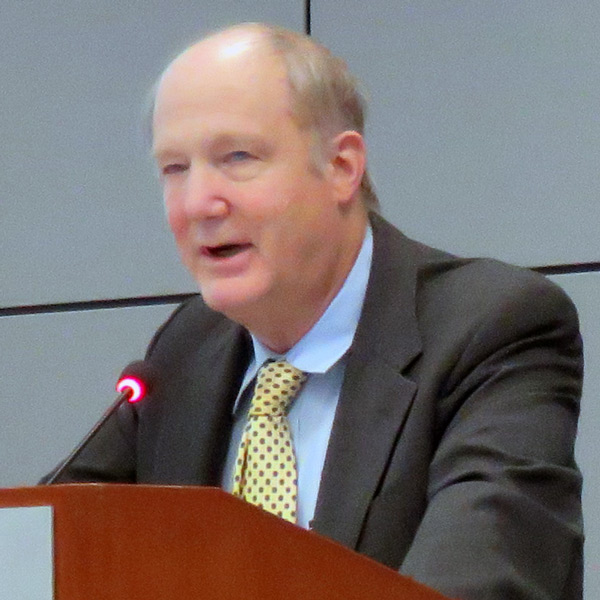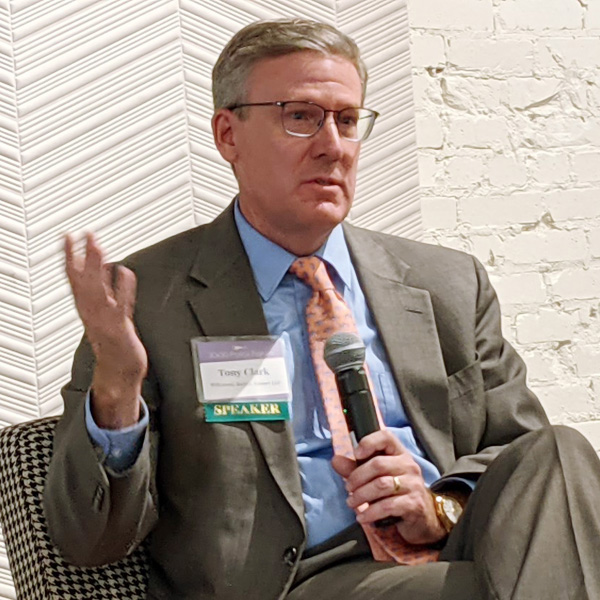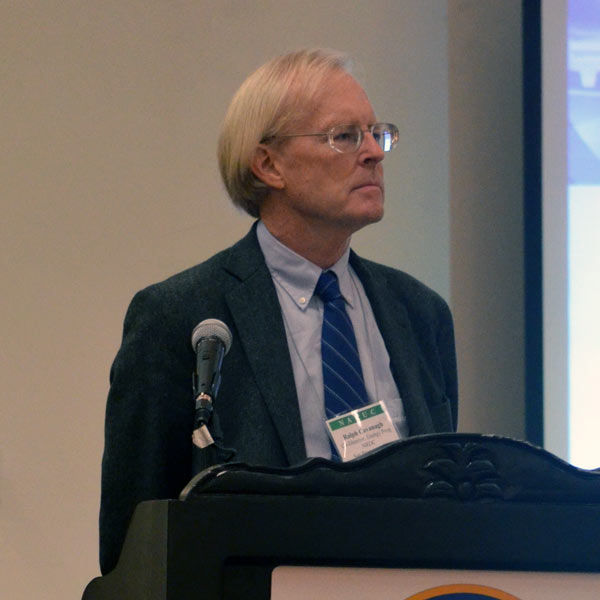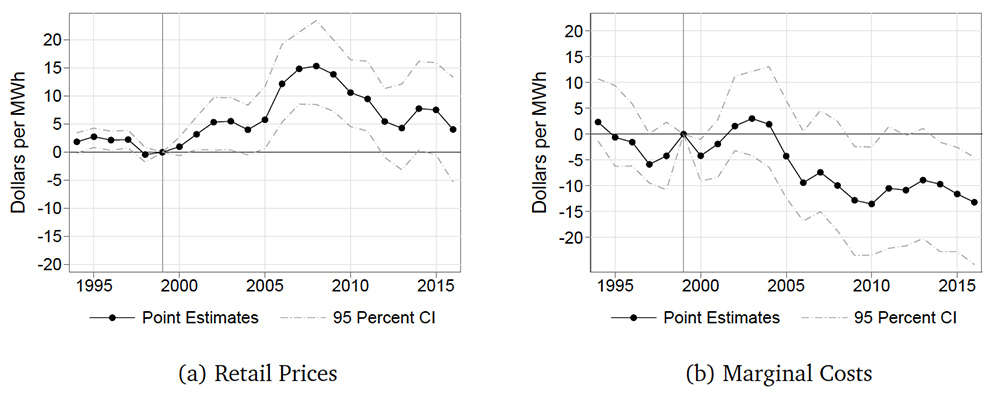WASHINGTON — The National Blueprint for Transportation Decarbonization lays out a bold vision for ensuring that by 2030, 50% of all new passenger cars and pickup trucks hitting U.S. roads will be zero-emission vehicles.
But, getting there won’t be easy, said Transportation Secretary Pete Buttigieg and Energy Secretary Jennifer Granholm, tag-teaming their way through the challenges ahead for a packed hall of transportation professionals at the annual meeting of the Transportation Research Board (TRB) on Wednesday.
“We know that what we’re seeking to do here is of such proportions that it is testing the productive capacity of the U.S. economy,” Buttigieg said, citing the key issue of building out an electric vehicle workforce. “We are going to need so much, not just in terms of steel and concrete, but in terms of every form of talent from engineering to brick laying.
“And what that means,” he said, “is we have to call everybody into this. … So, from a perspective of equity and justice, but also just from a perspective of getting this done, we cannot afford to leave any talent on the table.”
Another big barrier — cost — is being attacked on multiple fronts, Granholm said, from the EV rebates for new and used cars in the Inflation Reduction Act, to federal research initiatives aimed at driving down the price of batteries.
An EV supply chain is emerging in the U.S., Granholm said, drawn by the combined effects of IRA incentives and other initiatives from the Department of Energy and the White House. More than 70 companies in the battery supply chain have announced plans for new U.S. operations, she said.
“I’m talking about manufacturing the batteries or manufacturing a piece of the supply chain — the anode, the cathode, the separator material, the electrolyte or the critical mineral processing,” Granholm said. “All of these companies [are] coming to the United States, whereas before we were relying on economic competitors in Asia, China.
“So, policy really does make a difference,” she said. “It makes a difference for the climate. It makes a difference for communities on the ground.”
The National Blueprint calls for a range of policies that look beyond vehicle electrification to transforming the way people and materials move within communities, across the country and around the world. A collaborative effort between DOE, the Department of Transportation, the Environmental Protection Agency and the Department of Housing and Urban Development, the Blueprint looks at issues like community design and land use policies that could cut the need for vehicle travel by placing businesses and services near where people live. (See Biden Admin Releases Blueprint for Transportation Decarbonization.)
Increasing convenience, efficiency and clean options for transportation are the plan’s overarching goals. But, while decarbonization is already underway, “the trend needs to accelerate dramatically both in scale and scope. It is essential to make meaningful reductions in emissions this decade to reach near-term emissions reductions goals and enable a pathway to reach net-zero emissions economywide by 2050,” the report says.
The enormity of the transition ahead “will continue to require solutions that leverage market forces and private sector investments, which government policies and investments should jumpstart and guide,” the report says.
Transportation now accounts for 33% of U.S. greenhouse gas emissions, with about half of that amount coming from light-duty vehicles, such as passenger cars and pickup trucks, according to the U.S. Energy Information Administration.
Echoing Granholm, Buttigieg said the role of policy in cutting those emissions is to fill the gaps where “some things don’t happen on their own.” Transforming mobility in the U.S. raises questions that will require making sure “the answer turns out to be ‘yes,’” he said.
“One, will it happen fast enough to help us meet our climate imperatives? Two, will it happen in a ‘Made in America’ fashion, because just because the EV revolution is coming doesn’t mean it will be a ‘Made in America’ manufacturing revolution.” Buttigieg said. “And then, three, will this develop on equitable terms, especially knowing that many of those who might stand to benefit the most from the savings that could come with EV ownership are also those who might face the steepest barrier in terms of that upfront cost.”
The stereotypical EV owner today may be a well-off, latté-sipping urbanite, Buttigieg said, “but if you think about it, in rural areas, you have longer distances [to drive], which means better potential gas savings, and you have more people living in single-family homes, which means the opportunity to charge [EVs] at home. So, we really need to continue to have a strategy that fits all of these different geographies, meets them where they are and makes the possibilities clear.”
 Talking transportation decarbonization at the TRB Annual Meeting are (from left) Nathaniel P. Ford Sr., Jacksonville Transportation Authority; Transportation Secretary Pete Buttigieg; Energy Secretary Jennifer Granholm; and Shawn Wilson, Louisiana Department of Transportation and Development. | © RTO Insider LLC
Talking transportation decarbonization at the TRB Annual Meeting are (from left) Nathaniel P. Ford Sr., Jacksonville Transportation Authority; Transportation Secretary Pete Buttigieg; Energy Secretary Jennifer Granholm; and Shawn Wilson, Louisiana Department of Transportation and Development. | © RTO Insider LLC
Integrating EV batteries and charging infrastructure into the grid is yet another challenge, with both utilities and technology developers exploring potential opportunities, Granholm said. She pointed to a new Virtual Power Plant Initiative, launched by General Motors, Google Nest and Rocky Mountain Institute, which aims to aggregate energy from thousands of EVs or other distributed energy sources to quickly respond to supply fluctuations on the grid.
At the same time, Granholm said, the improvements in grid resilience that virtual power plants can provide will need to be balanced by major increases in clean energy — as much as 2,000 GW of wind and solar, according to a 2021 study from the National Renewable Energy Laboratory.
“We have to increase the capacity on both fronts, using the vehicles to be able to make the grid more resilient, as well as adding renewable energy capacity on the grid because you don’t want to charge your electric vehicle and then have that energy come from a carbon pollution-producing source,” she said.
Race to the Bottom
The cabinet officials’ appearance at the TRB meeting was the second phase of the National Blueprint rollout at the event, following a broad round table discussion with administration officials, industry executives and other key stakeholders on Tuesday. TRB is a research-oriented spin-off of the National Academies of Sciences, Engineering and Medicine.
While the reception of the Blueprint was generally positive, industry representatives saw both near- and long-term obstacles to be overcome and gaps to be filled, as both technologies and markets shift.
Electric vehicles will provide the majority of near-term emissions cuts, the report says, and the auto industry is approaching decarbonization as both an environmental and economic imperative, said John Bozzella, CEO of the Alliance for Automotive Innovation.
Electrification is a “big opportunity for our economic competitiveness [and] our ability to compete with economies around the world,” Bozzella said. He predicted that by the end of the decade, the auto industry will pour more than a trillion dollars into electrification.
But, he said, even though “[electric] vehicle sales have doubled year over year, it’s 7% of new vehicle sales. To get to 50% by the end of the decade, it’s going to require not only an all-of-government approach at the agencies here today. … We also need to pair that with an all-of-the-economy collaborative approach.”
Volvo Group North America is focused on decarbonizing heavy-duty trucking, said Jonathan Miller, the company’s senior vice president for public affairs. In addition to battery electric Class 8 semis — used at ports and for local and regional trips — Volvo has fully electric garbage trucks on the road in New York and other cities, Miller said.
“The battery chemistry is getting better,” he said, but “we need a lot bigger batteries … much, much bigger, and our customers are very concerned about their ability to haul freight, and that’s where we look at hydrogen as an option as well, especially as we get into long-haul trucking.”
Volvo has partnered with Daimler — “our biggest global competitor,” Miller said — in a joint venture, cellcentric, that is developing hydrogen fuel cells for the two companies.
The development of low- or no-carbon fuels for maritime transportation and aviation will be longer-term needs, but also requires immediate support and collaboration with industry partners. The innovations still to be developed for maritime shipping may be particularly hard to scale, the Blueprint says, because of uncertainty about safety and operational standards for new technologies and the 30-year lifespans of most international shipping fleets.
On the aviation side, Lauren Riley, chief sustainability officer for United Airlines, said the industry is only responsible for about 3% of global GHG emissions, but doesn’t have “the solutions at scale, commercially available to deploy today to actually make a difference in our emissions.”
What’s keeping Riley up at night these days is aviation’s “dependencies,” she said. Developing sustainable aviation fuel, whether biofuels or renewable diesel, will “depend on access to abundant, cost-effective renewable power, and that’s going to take time, and that’s something that’s a bit out of our control,” Riley said.
The challenge ahead will be primarily a matter of speed, she said. “How do we go faster? We have solutions. We understand the technology. We just don’t have the scale. … We’re in a race to the bottom not just with conventional jet fuel but with renewable diesel.”

